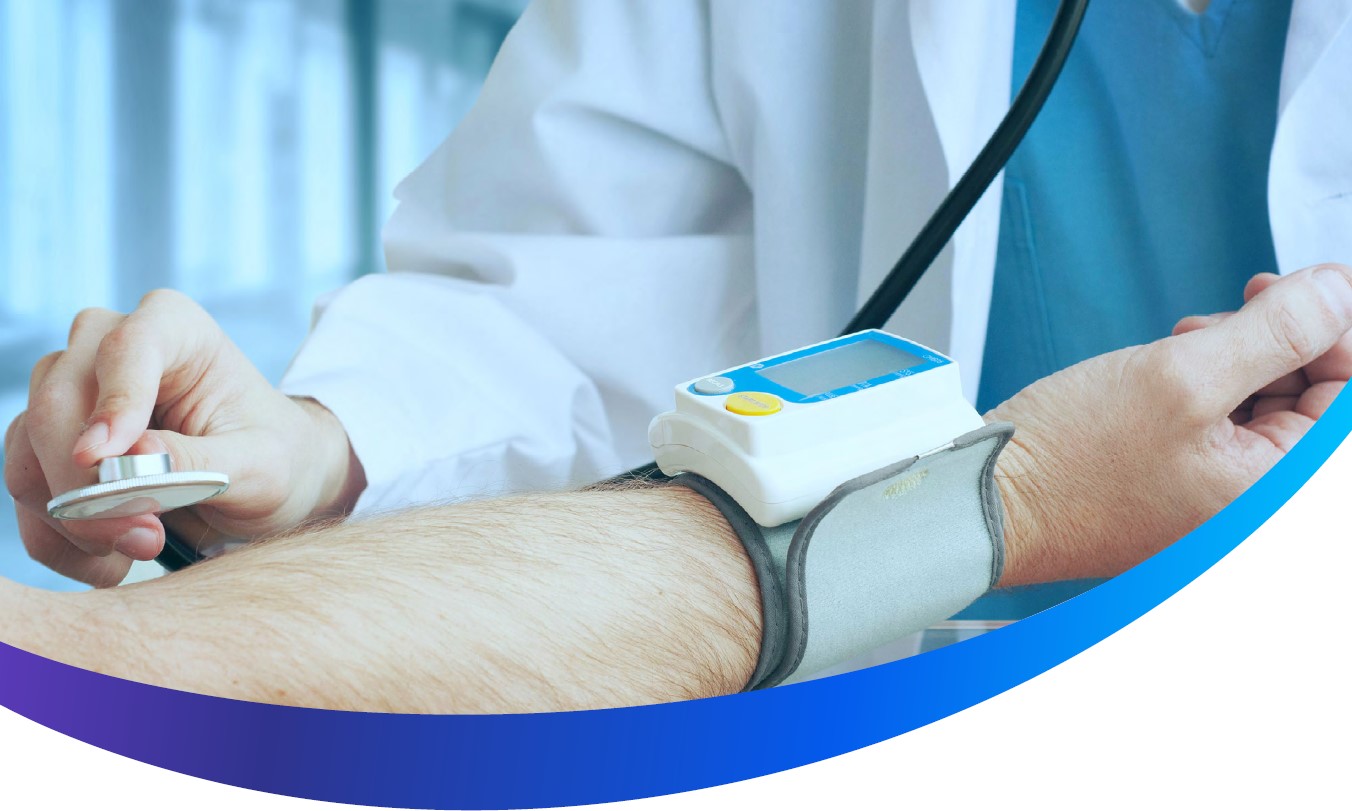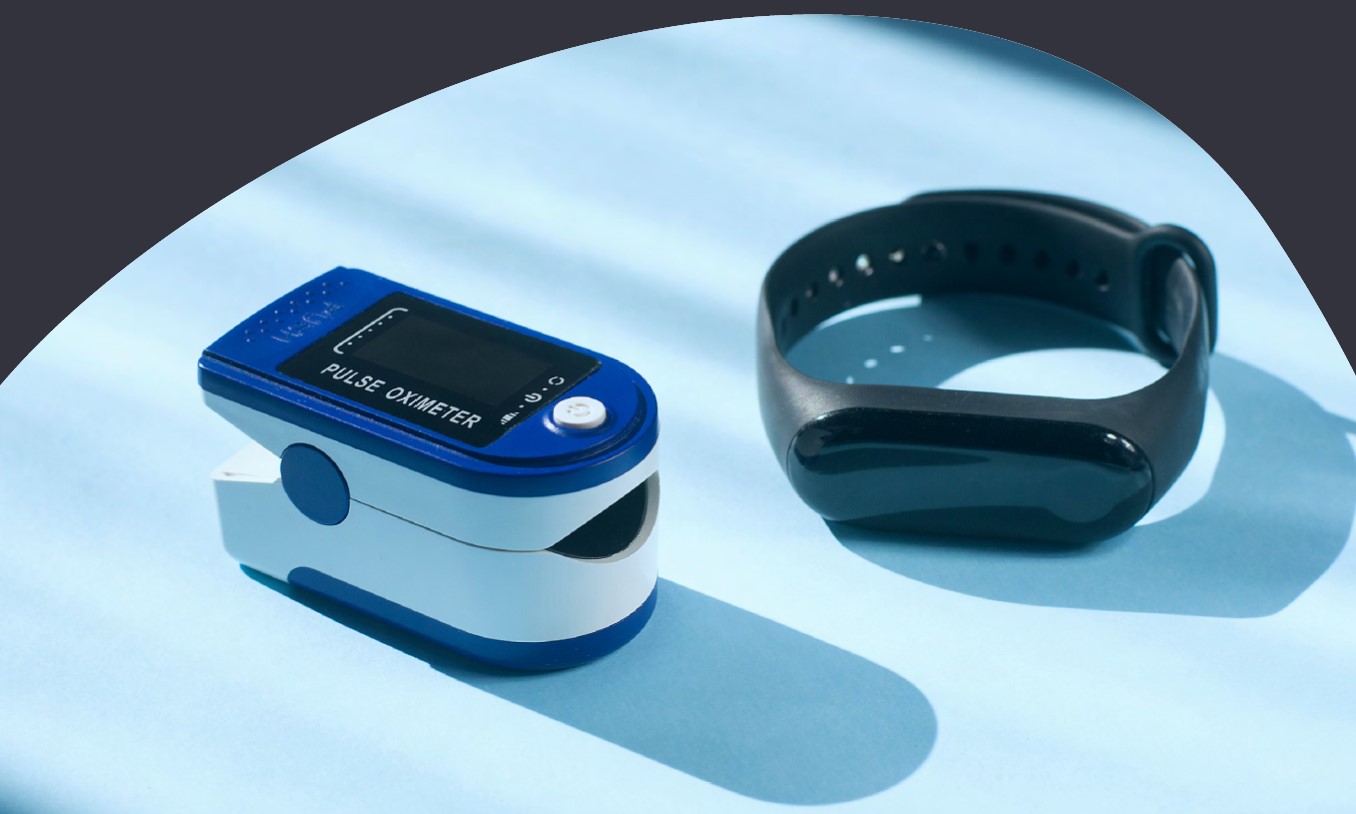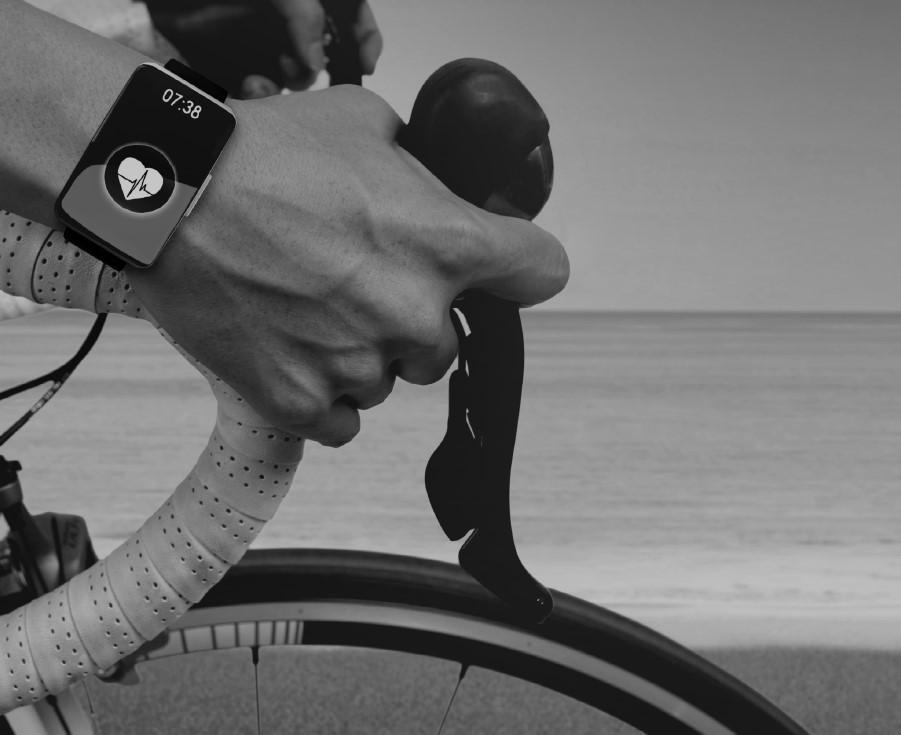Wearable Digital Devices
How they offer control over managing personal health
Digital wearable devices have given individuals more control over managing their health than ever before.
From watches and rings to patches and implants, these devices empower people to make informed decisions about their health — based on their own unique data — from the embedded sensors that monitor bodily activities, such as body temperature, blood pressure, and heart rate.
For the healthcare industry, wearable devices offer the opportunity to access that patient data to help facilitate prevention, make early diagnoses of life-threatening diseases, and manage chronic conditions more efficiently and beyond the boundaries of traditional health care settings1. As a result, wearables have the potential to enable industry-wide benefits, such as reducing healthcare costs, enabling value-based healthcare, reducing public health disparities, and making healthcare more personalized for patients.

Use of wearables devices will grow
Globally, wearable devices are on a growth trajectory. By 2028, the global market size for wearable technology is expected to reach US$118.2 billion2.
The size of Saudi Arabia’s wearables market was estimated to be US$33.9 million in 2020 and will reach US$63.81 million by 2026.
The demand for wearable devices is rising in the Kingdom both from individual citizens and residents as well as healthcare providers that are interested in remote data for monitoring3. Government programs are also inspiring the population to exercise more while using wearables. In March 2020, the Saudi government launched the Your Home, Your Gym campaign that encouraged citizens to workout at home and share their videos and health data metrics online. Supported by the Ministry of Sports and the Saudi Arabian Olympics Committee, the initiative has been a success with nearly four million people across the country engaging with the health and wellness effort4.
Powering personal health with wearable devices
Wearable devices, like Apple Watches, Fitbits, Garmin devices and others, help individuals track, monitor and better understand their personal health indicators. These include activity levels and activity intensity; weight and calorie consumption; blood glucose levels; heart rate and heart rate variability as well as sleep.
Research has found that personal wearables increase patient engagement in their overall health management, which leads to positive health outcomes. For example, a device as simple as a pedometer has been associated with increases in physical activity and decreases in blood pressure and body mass index. Other studies have shown more steps are associated with lower readmission rates and reduced risk of cardiovascular events, specifically in cardiac surgery patients5. In one U.S. study, remote patient monitoring technology, including wearables, 38% of healthcare providers reported the devices were directly associated with reduced admissions to hospital and 17% cited measurable cost savings because of them6.
The COVID-19 pandemic has heightened the value of wearable devices. While typically purchased to improve fitness metrics, some devices can provide individuals with the ability to monitor blood oxygen saturation levels, which can be a helpful indicator in diagnosing and monitoring COVID-197. One pilot program in the U.S. is using wearables to help patients recover from the disease. Patient’s vital signs are continuously monitored via sensor patches on the chest. When data indicates that a patient needs support, healthcare providers reach out with interventions and care8.
These kinds of programs offer a way for the healthcare industry to provide quality patient care without risking their own health and also relieve pressure on on-site hospital resources.
Similar applications to patient management are possible for chronic diseases as well. For diabetes management, the use of wearables, sensors and smartphone apps are being used to improve health outcomes. One innovative example is a wearable, artificial endocrine pancreas for diabetes management9. It is a closed-loop system formed by a wearable glucose monitor and an implanted insulin pump. The system continuously monitors changes in glucose levels, provides insulin when needed and helps ensure more time is spent in a healthy blood sugar range for patients.
With hypertension management, wearable devices can detect physiological signals, such as blood pressure with cuffless blood pressure sensors or wireless upper arm blood pressure monitors that work in combination with mobile smartphone apps. These can improve hypertension control through easier logging of repeated blood pressure measurements, medication adherence, and improved contact with healthcare providers10.

Wearables at work
Studies have shown employees are open to using wearables if it helps them perform job duties better or boost productivity.
In workplaces, wearables provide health benefits for both improved health outcomes and prevention of healthcare-related issues. Studies have shown employees are open to using wearables if it helps them perform job duties better or boost productivity. They are also receptive to using wearables to track health metrics and sharing that data with employers11.
Wearables for employees can provide critical data on health and activity levels. Depending on the work environment, this data can be used to provide reminders to employees to take regular screen breaks or to get up and move during the workday. These simple encouragements can improve overall employee health and wellbeing.
With data from wearables, employers can consider implementing wellness incentive programs that reward employees for achieving certain fitness goals — which are tracked by wearables — such as step counts, time in elevated heart rate zones from physical activity, or mindfulness activities that help reduce stress.
The pandemic saw a rise in the use of wearables to facilitate and encourage social distancing. Bluetooth-enabled sensors in bracelets, lanyards or clip-on tags can vibrate or make noise to alert workers that they are too close to other people12.

This can reduce the spread of COVID-19 and ensure safer working conditions. As hybrid and remote working increases in the post-pandemic era, devices can provide employers with useful insight into how employee health, wellness and performance fluctuate in different work environments.
Since wearable devices contain private, valuable information about employees’ work habits, lifestyle and health metrics, companies must consider the risks and risk mitigation efforts of implementing wearable device programs. These include clear buy-in and consent from employees, robust privacy policies, and strong data protection and security training to ensure both the employee and company data is safe.
With wearables, employers can encourage individuals to actively take better care of their overall health, which will have positive impacts on overall health goals for all of Saudi Arabia.

The future of wearables and healthcare
The growing demand for wearables from both individuals and the healthcare industry is driving more innovation. For example, Facebook and Amazon both have wearable devices in development13 and Fitbit is working on a blood oxygen saturation tracking ring14.
Soon workplaces can incorporate medical-grade devices, such as blood glucose-detecting rings or electrocardiography patches, into occupational health programs. Then use the anonymised data to recommend preventative care to employees when necessary and possibly develop preventative health programs or risk indicators to help identify and manage diseases earlier.
The use of wearables combined with artificial intelligence is another very promising area for improving healthcare outcomes. One research study offered a proof-of-concept for an AI-powered seizure prediction system that combines a neuromorphic wearable. It is the beginning of a wearable, real-time, always-on, patient-specific seizure warning system with low power consumption and reliable long-term performance15. Wearables are already making it easier for individuals to better manage and improve their health.
The healthcare industry is poised to incorporate data from wearables to drive better outcomes, increase efficiencies and reduce costs through the system. With a small amount of personal effort and responsibility, like using a wearable, individuals across Saudi Arabia can each contribute to making the Kingdom healthier for years to come.
References
1 https://www.fda.gov/medical-devices/digital-health-center-excellence/what-digital-health/
5 https://www.npjournal.org/article/S1555-4155(18)31275-3/pdf/
7 https://www.natlawreview.com/article/future-digital-healthcare/
8 https://www.technologyreview.com/2021/06/09/1025889/wearable-ai-body-sensor-covid-chicago/
9 https://www.himss.org/resources/wearable-technology-applications-healthcare-literature-review/
10 https://www.himss.org/resources/wearable-technology-applications-healthcare-literature-review/
11 http://www.cornerstoneondemand.com/SOWP14/
14 https://gadgetsandwearables.com/2021/07/02/fitbit-blood-oxygen-saturation-ring/
15 https://www.himss.org/resources/wearable-technology-applications-healthcare-literature-review


